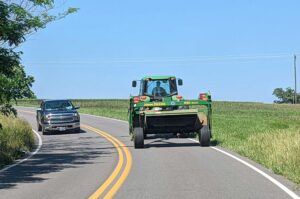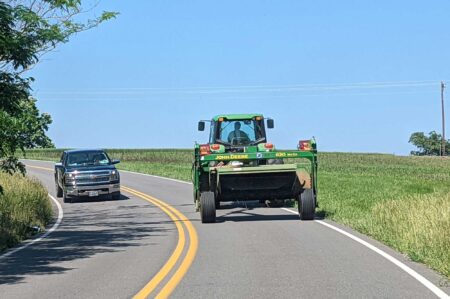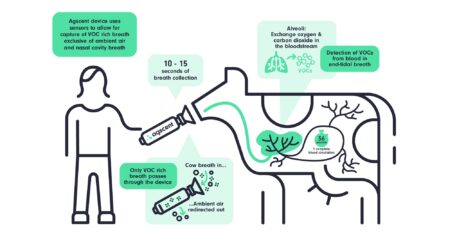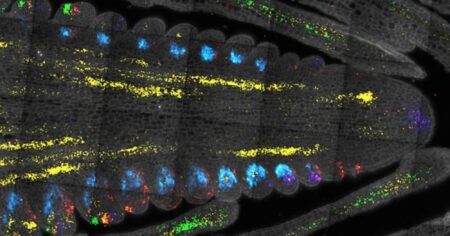The latest Crop Protection Network map indicates positive cases of tar spot have been reported in six Missouri counties so far this growing season.
First reported in the U.S. in 2015, the disease has been confirmed in Missouri since 2019. In total, 63 of the state’s 114 counties have a history of the disease. The northern half of the state has been more impacted than southern counties.
Tar spot has also been confirmed in Kansas, Nebraska, Iowa, Illinois, and Indiana this growing season.
What Should Farmers Do?
Good scouting is the best way to identify tar spot in corn, said University of Missouri Extension State Plant Pathologist Mandy Bish in a June article. Intensified scouting efforts, particularly in fields with a history of the disease, is recommended.
“Don’t rush in when it comes to fungicide applications,” wrote Iowa State University Extension Field Crops Pathologist Alison Robertson in a June 16 blog post. Multi-state fungicide research results show that applications made for tar spot management are most effective and economical when made between R2-R3, even when disease developed during early vegetative stages.
According to a 2024 article, Bish recommends fungicide applications at VT-R3 stages, which have been most consistent during high outbreak years. “Fungicide applications earlier than VT and after R4 have not demonstrated a good return on investment,” the article says.
“We have some knowledge on corn hybrids that are less susceptible to tar spot, but we have yet to identify a highly resistant hybrid,” added Bish.
Ryan Gentle, an Illinois based agronomist, stressed the importance of watching temperatures and humidity levels into July on a recent Wyffels Hybrids podcast episode. Large rain events where the corn stays wet for a long time can create ideal conditions for tar spot and other diseases to take off, he explained.
Positive 2025 Cases
- Nodaway – June 16
- Chariton – June 19
- Saline – June 23
- Cooper – June 23
- Howard – June 23
- Audrain – June 24
Missouri Corn Progress and Condition
USDA published the latest Crop Progress report June 23.
Corn Emergence
At 98%, corn emergence is close to complete in Missouri, the report said. That is equal to the five-year average. Last year at this time, 99% of the state’s corn had emerged.
Corn Silking
USDA reported 5% of Missouri’s corn crop had reached the silk growth stage. That is ahead of the five-year average by 1 percentage point. Last year at this time 11% of the state’s corn had entered reproduction.
Corn Condition
USDA rated Missouri corn 1% very poor, 5% poor, 21% fair, 62% good, and 11% excellent for the week that ended June 22.
This is better than the national averages for the week, which were reported as 2% very poor, 4% poor, 24% fair, 56% good, and 14% excellent.


:max_bytes(150000):strip_icc()/SMinnesota1025-2000-83ff162cd24b4b0fb5065466fe80a0d5.jpg)
:max_bytes(150000):strip_icc()/r4d092124_rrd1-5d0657ac040743a2a4c5ebf998902de0.jpg)



:max_bytes(150000):strip_icc()/Missouri-Tar-Spot-16852cda9c3c4f68adc029a121fdefe3.png)

:max_bytes(150000):strip_icc()/Markets-1-Cattle-dramatic-up-5-0687ebaec7fc487bac9c10a7f442eea8.jpeg)

